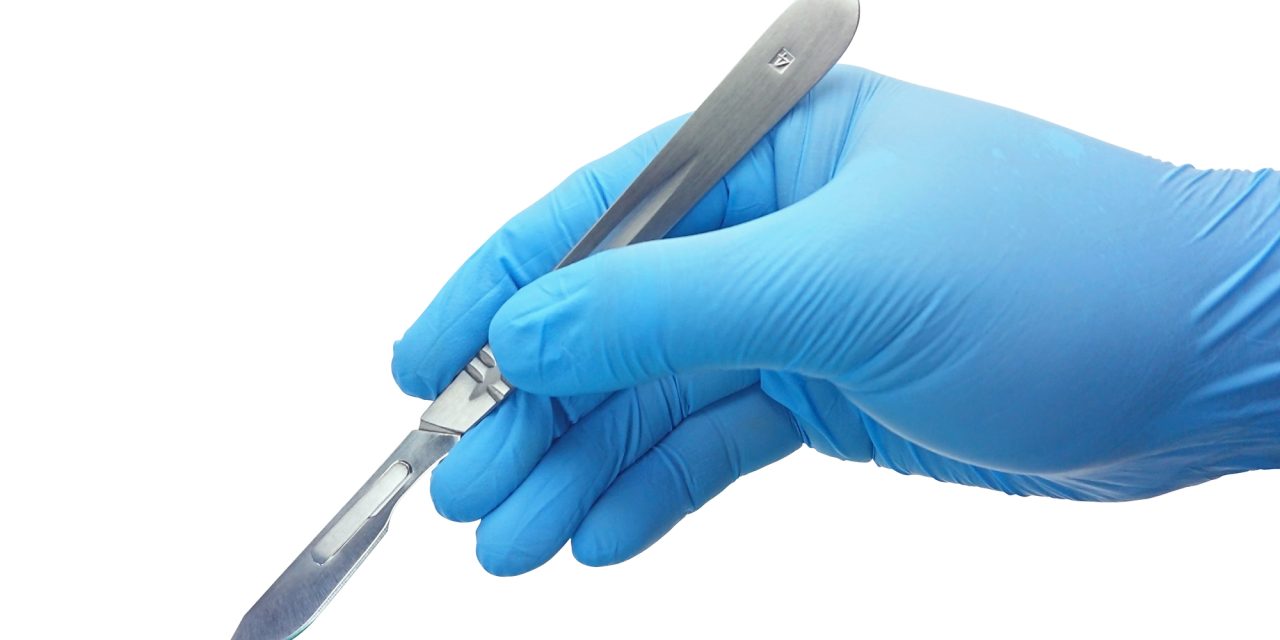Augmented and virtual reality (AR, VR) are becoming promising tools in neurosurgery. AR and VR can reduce challenges associated with conventional approaches via the simulation and mimicry of specific environments of choice for surgeons. Awake craniotomy (AC) enables the resection of lesions from eloquent brain areas while monitoring higher cortical and subcortical functions. Evidence suggests that both surgeons and patients benefit from the various applications of AR and VR in AC. This paper investigates the application of AR and VR in AC and assesses its prospective utility in neurosurgery. A systematic review of the literature was performed using PubMed, Scopus, and Web of Science databases in accordance with the PRISMA guidelines. Our search results yielded 220 articles. A total of six articles consisting of 118 patients have been included in this review. VR was used in four papers, and the other two used AR. Tumour was the most common pathology in 108 patients, followed by vascular lesions in eight patients. VR was used for intraoperative mapping of language, vision, and social cognition, while AR was incorporated in preoperative training of white matter dissection and intraoperative visualisation and navigation. Overall, patients and surgeons were satisfied with the applications of AR and VR in their cases. AR and VR can be safely incorporated during AC to supplement, augment, or even replace conventional approaches in neurosurgery. Future investigations are required to assess the feasibility of AR and VR in various phases of AC.© 2022. The Author(s).
Augmented and virtual reality usage in awake craniotomy: a systematic review.


